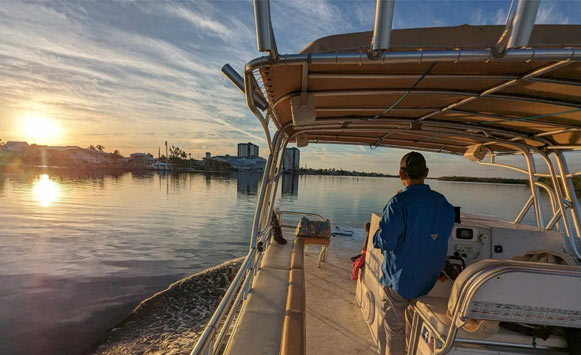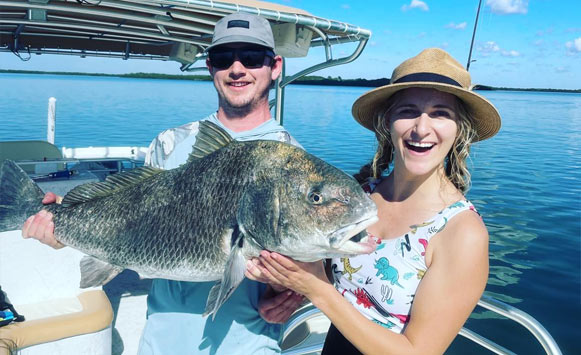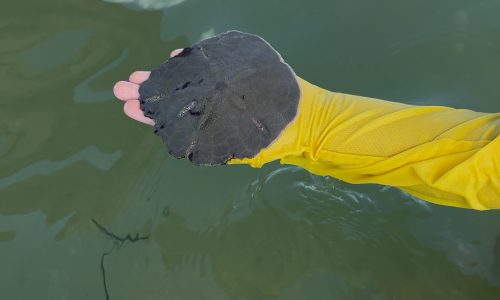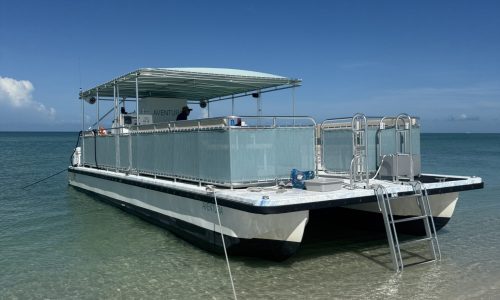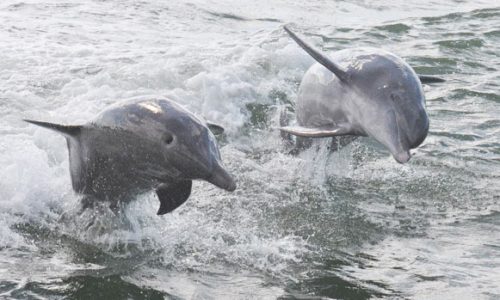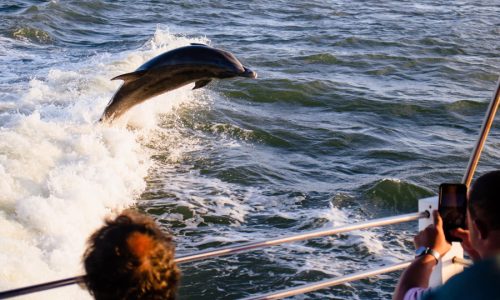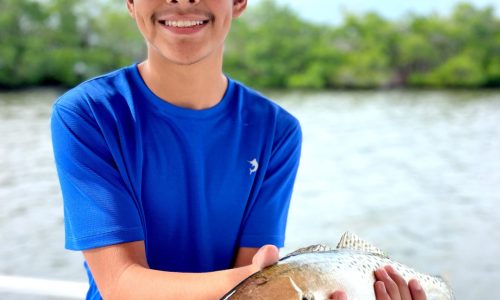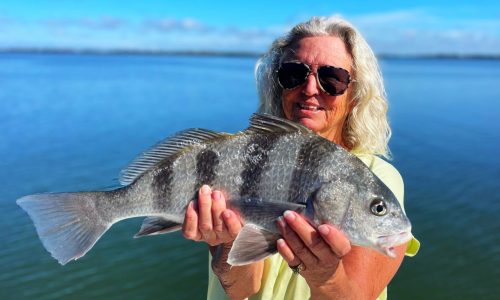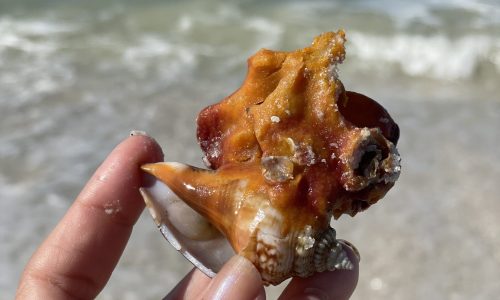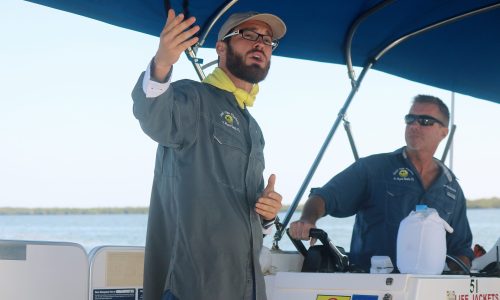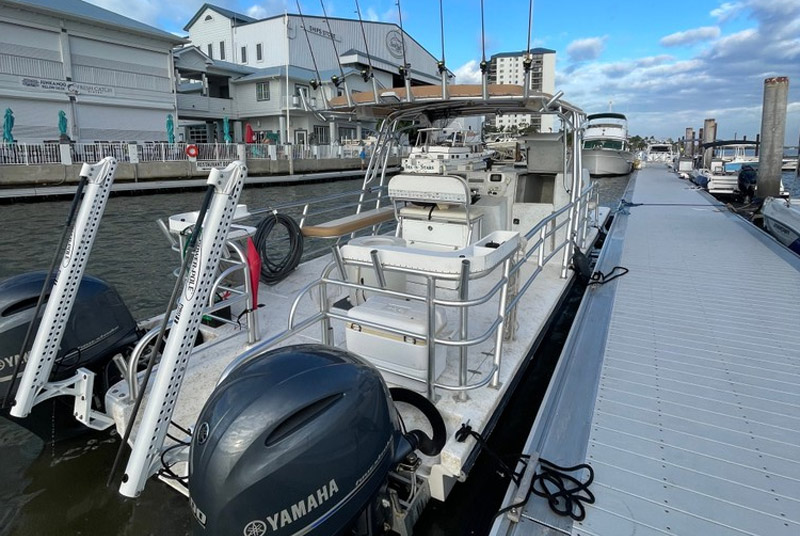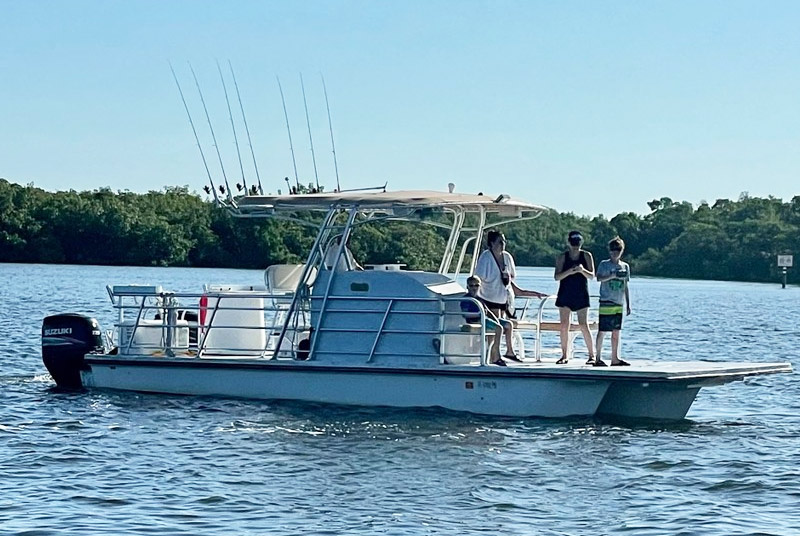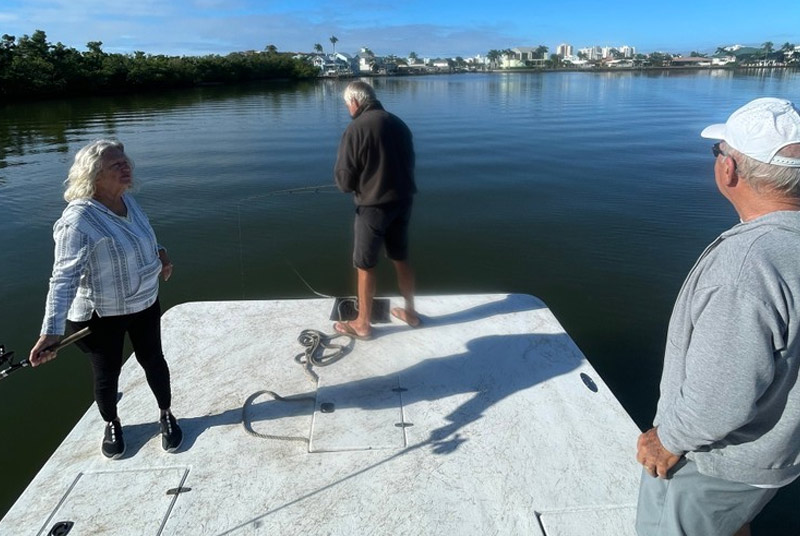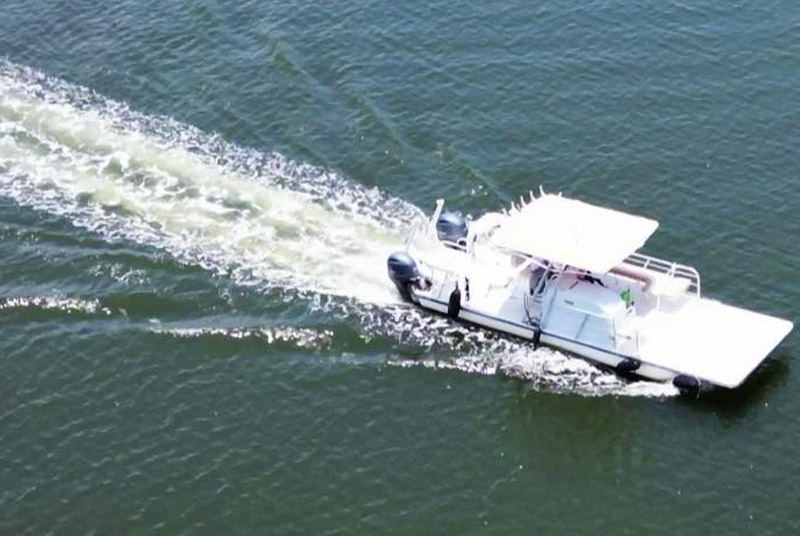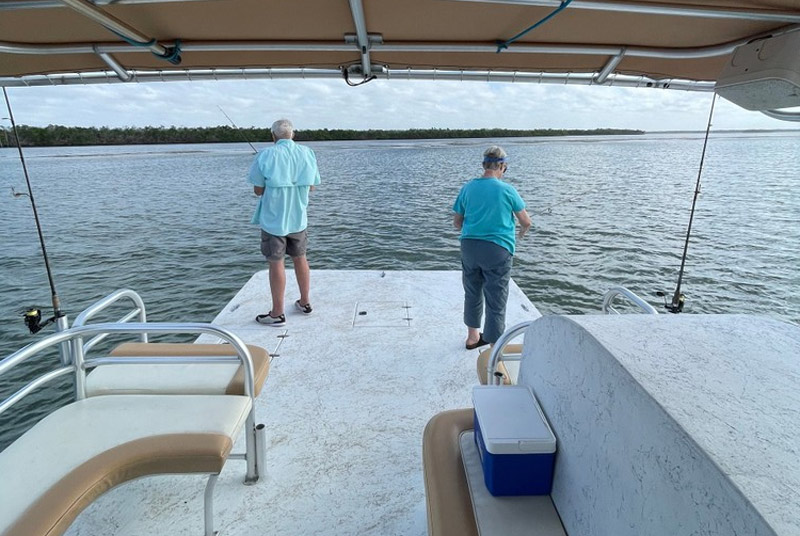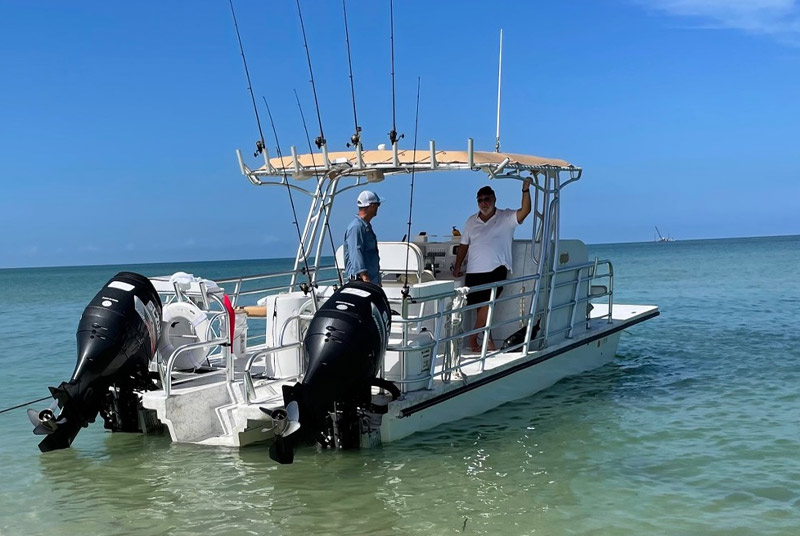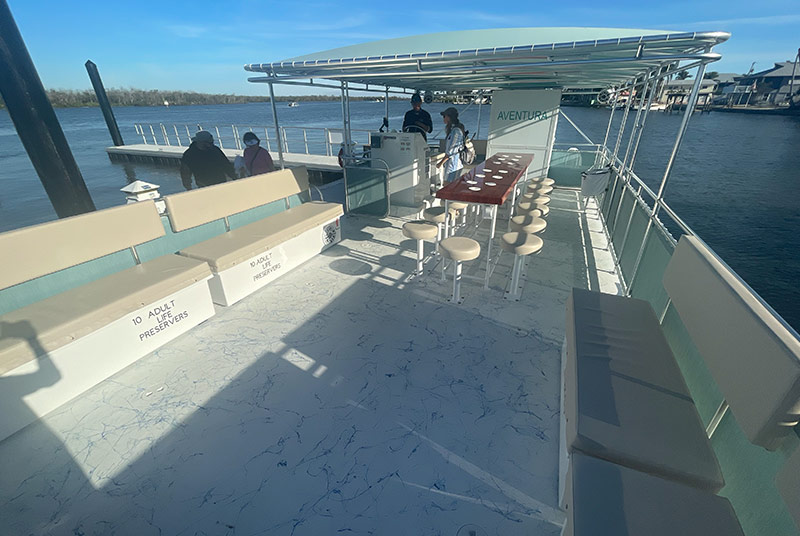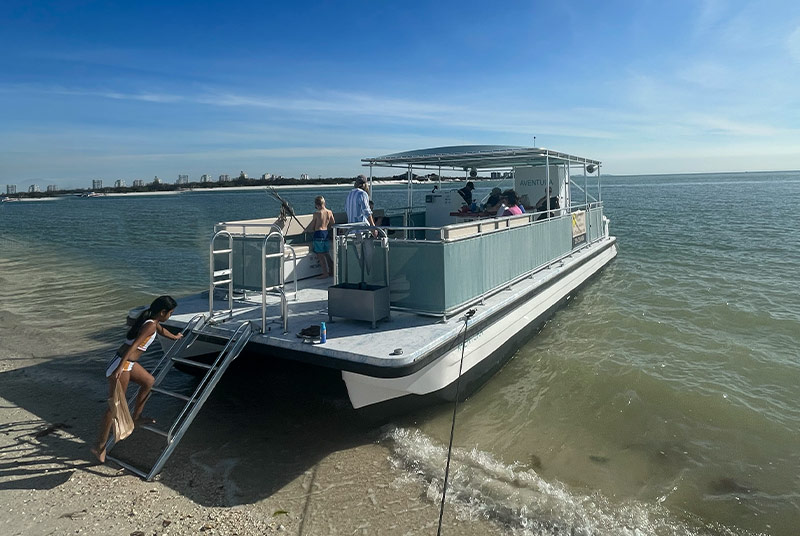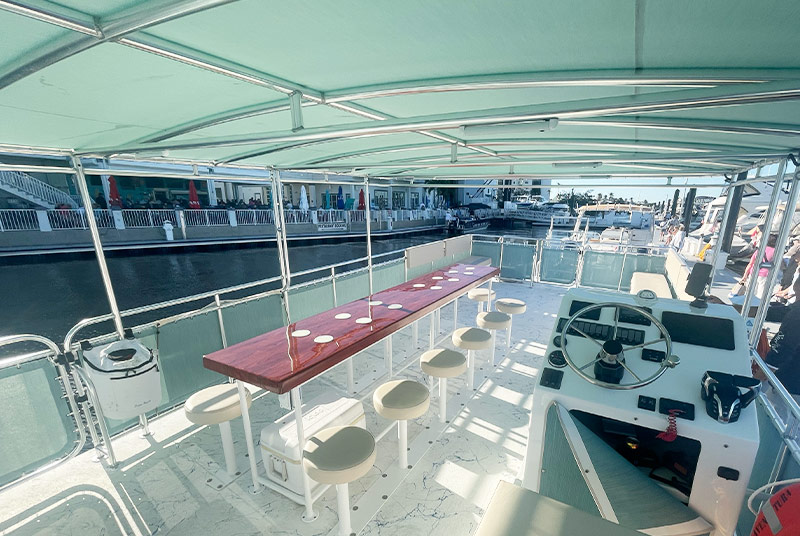Algae in Florida 2025
The Great Seaweed Invasion: What Southwest Florida Locals & Visitors Should Know About the 2025 Sargassum Bloom
If you’ve visited Southwest Florida’s stunning coastline lately, you may have noticed something a little…fishy. That thick, golden-brown seaweed washing ashore? It’s called sargassum, and in 2025, it’s making quite the splash—literally and figuratively.
Let’s dive into what’s going on, how it’s impacting our marine life and beaches, and what we can do together to help.
⸻
🧠 What is Sargassum, Anyway?
Sargassum is a naturally occurring seaweed that floats on the ocean’s surface. It’s an important part of the marine ecosystem—serving as a nursery for baby fish, shrimp, crabs, and even sea turtles. But like most things in life, too much of a good thing can cause trouble.
This year, scientists recorded a record-breaking 37.5 million metric tons of sargassum in the Atlantic Ocean basin in May—the highest level since satellite monitoring began in 2011 (University of South Florida Optical Oceanography Lab (university of South Florida)).
⸻
🌎 Why Is There So Much Algae in Florida 2025 This Year?
Great question! The answer is a mix of science, climate, and a bit of human activity. Here’s what experts say is driving this super bloom:
• Warmer ocean temps
• Nutrient-rich runoff from rivers and agriculture—basically “fertilizer soup” for seaweed
• Shifting wind patterns, which stir up nutrients from the ocean floor
• Saharan dust from Africa (believe it or not!) that carries iron and helps fertilize algae growth
⸻
🐬 How Does This Affect Marine Life in Southwest Florida?
While floating sargassum offshore is helpful for juvenile marine creatures, once it piles up on the beach, it can cause problems:
- Effect Who/What It Impacts
Decreased oxygen levels Fish, invertebrates, and seagrass beds
Overheating + blocked sunlight Coral and native seagrasses
Sulfur smell from decomposition Beachgoers and nearby businesses
🏖️ What Does This Mean for Our Beaches?
If you’ve walked Fort Myers Beach or Bonita Beach recently and said, “Whew, what’s that smell?”—that’s likely the decaying sargassum. When it washes ashore, it rots in the sun, releasing hydrogen sulfide, which smells like rotten eggs.
But don’t let this ruin your beach day! Most beaches remain open, and local municipalities are working hard to keep things clean and safe.
⸻
👣 What Can We Do?
You don’t need a marine biology degree to make a difference. Here’s how you can help:
1. Stay Informed: Check beach and water quality updates from Mote Marine Lab (https://visitbeaches.org) or Florida DEP (https://floridadep.gov).
2. Join a Cleanup: Volunteer for a beach cleanup event—or just bring a trash bag on your morning walk! Consume less if possible.
3. Be a Mindful Visitor: Dispose of waste properly and never disturb nesting birds or sea turtle nests.
4. Spread the Word: Share updates and facts—not fear—on social media.
Small actions really do make waves.
🌟 Final Thoughts from the Dock
As someone who spends nearly every day out on the water, I can tell you this: the Gulf is still beautiful, still full of life, and still very much worth protecting. The 2025 sargassum bloom is a natural phenomenon, but it also gives us a chance to learn and take action.
Let’s keep showing up for our beaches, our wildlife, and each other—with sunscreen in one hand and stewardship in the other.


